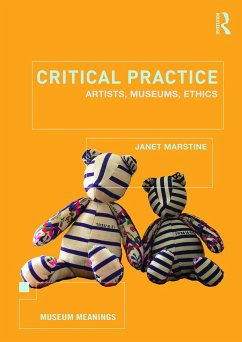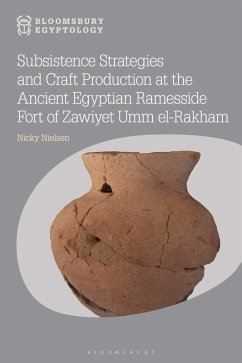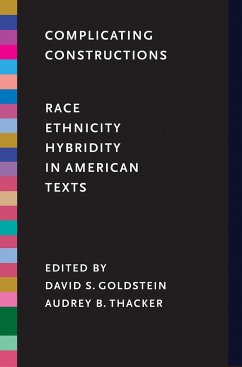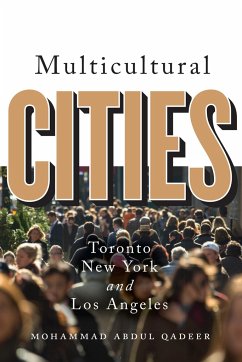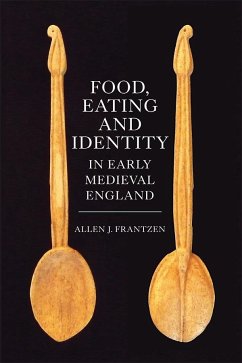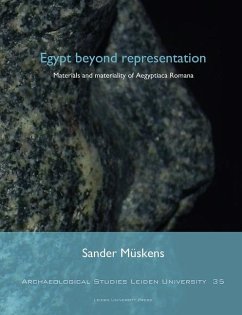
Bodies of Clay
Prehistoric Humanised Pottery
Herausgeber: Schwarzberg, Heiner; Becker, Valeska
Versandkostenfrei!
Versandfertig in über 4 Wochen
50,99 €
inkl. MwSt.
Weitere Ausgaben:

PAYBACK Punkte
25 °P sammeln!
Since the earliest use of pottery, vessels have been associated with both the general shape and specific parts of the human body. The production of human-shaped pottery might be understood as one element of the spectrum of figural art in prehistoric communities. The idea of studying anthropomorphic pottery and the return of human beings into a body made of clay, which forms the core theme of this collection of 12 papers, stems from work on anthropomorphic features of Neolithic communities between the Near East and Europe. Contributors are engaged in questions about the analysis of human featur...
Since the earliest use of pottery, vessels have been associated with both the general shape and specific parts of the human body. The production of human-shaped pottery might be understood as one element of the spectrum of figural art in prehistoric communities. The idea of studying anthropomorphic pottery and the return of human beings into a body made of clay, which forms the core theme of this collection of 12 papers, stems from work on anthropomorphic features of Neolithic communities between the Near East and Europe. Contributors are engaged in questions about the analysis of human features and characteristics on vessels, their occurrence, function and disposal. Beginning with the European Neolithic and moving on through the Bronze and Iron Ages, papers focus on diachronic archaeological patterns and contexts as well as on the theoretical background of this particular type of container in order to shed light on similarities and differences through the ages and to understand possibilities and limits of interpretation.






